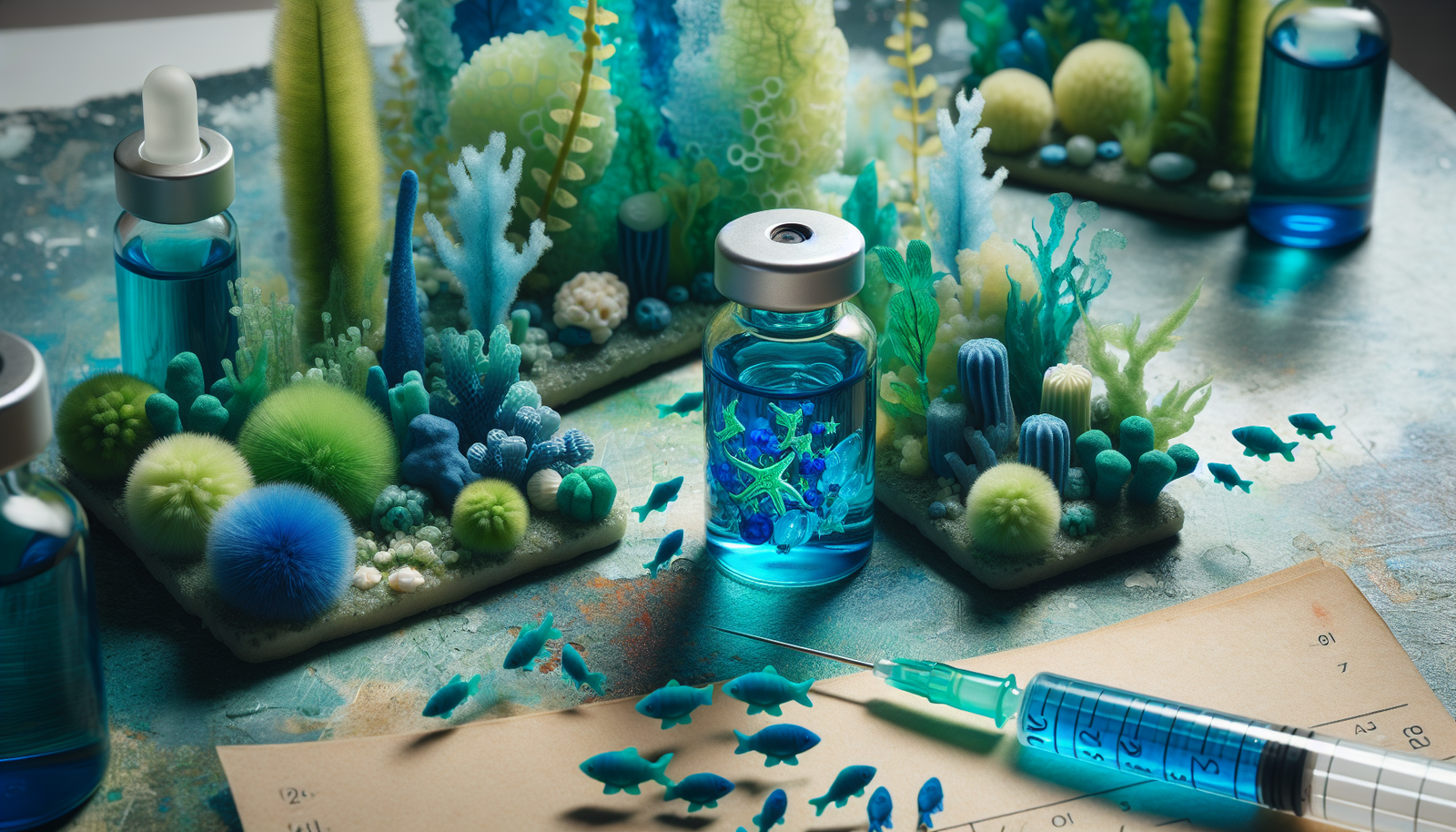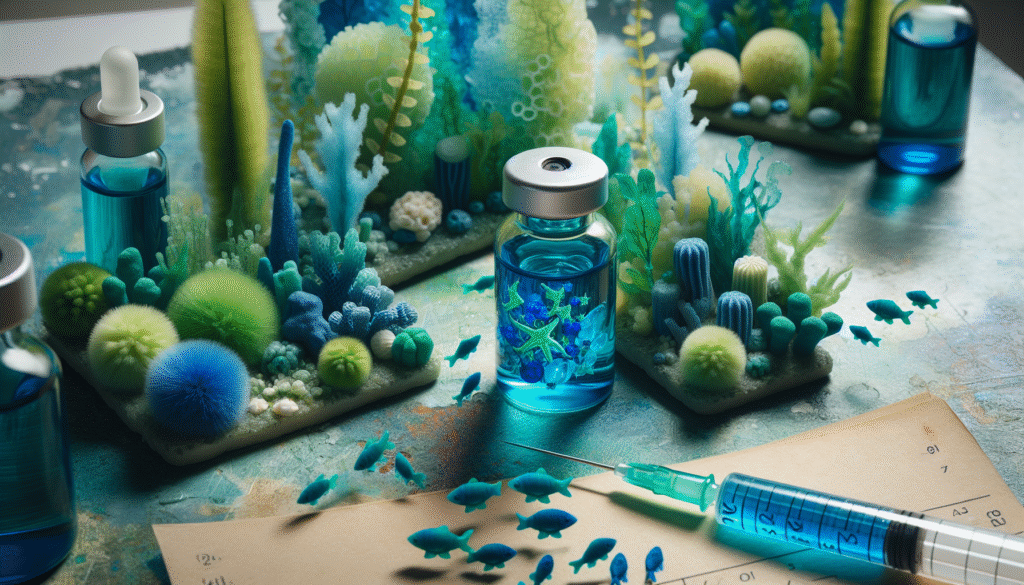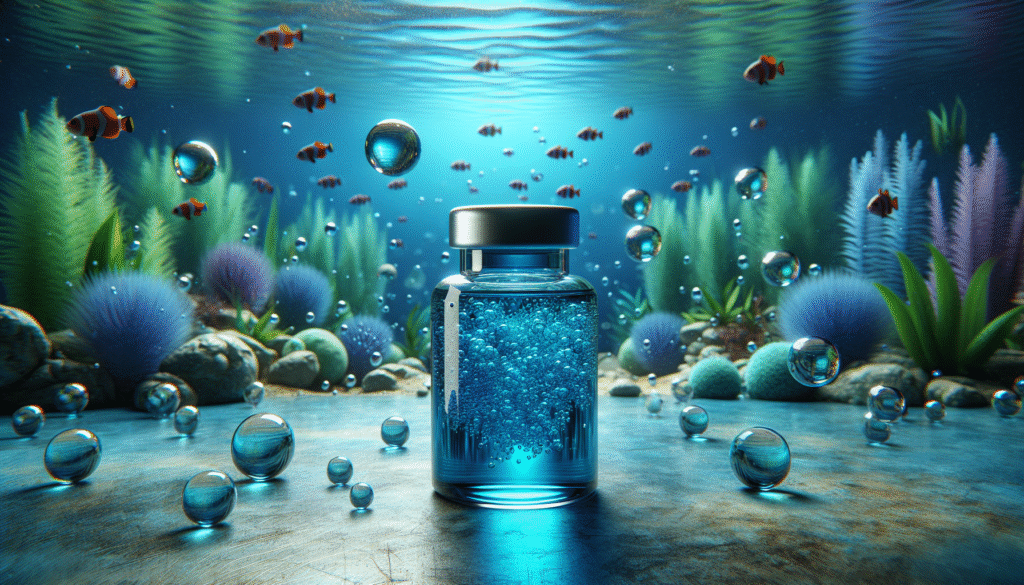
What role does Methylene Blue play in improving aquaculture practices?
Methylene Blue, a synthetic dye with a rich history in various fields, has found its way into aquaculture, offering numerous benefits ranging from preventative health measures to environmental protection. Understanding how Methylene Blue functions within the aquaculture environment can significantly enhance your fish farming operations. This article will explore the key applications of Methylene Blue in aquaculture and explain the implications of its use.
What is Methylene Blue?
Methylene Blue is chemical compound known as a thiazine dye, initially synthesized in 1876 for use as a dye in textiles. Over the years, it has gained recognition for its potential therapeutic effects in medicine and aquaculture. In aquaculture, it is primarily used for its antifungal, antibacterial, and parasiticidal properties.
Chemical Composition and Properties
Methylene Blue (C16H18ClN3S) is a heterocyclic aromatic compound that possesses both electron-donating and electron-withdrawing properties. Its water solubility and stability under various pH conditions make it an appealing option for aquatic environments.
- Chemical Formula: C16H18ClN3S
- Molar Mass: 319.85 g/mol
- Color: Blue
These distinct properties allow Methylene Blue to function effectively in aquatic conditions, making it a versatile tool in aquaculture.
The Role of Methylene Blue in Aquaculture
You may be wondering how Methylene Blue contributes to the success of aquaculture. Its applications range from disease prevention to stress reduction, all of which are crucial for maintaining a healthy aquatic environment.
Disease Prevention and Treatment
Fish farming is often threatened by various diseases that can decimate fish populations. Methylene Blue serves a preventive role against several pathogens that pose significant threats.
- Fungal Infections: Methylene Blue is particularly effective against saprophytic fungi that can infect fish embryos and larvae. A common example is Saprolegnia, which can become problematic in hatcheries.
In a typical hatchery setting, treating eggs with Methylene Blue can reduce fungal development significantly.
| Pathogen | Methylene Blue Efficacy |
|---|---|
| Saprolegnia sp. | High |
| Ichthyophthirius (Ich) | Moderate |
| Aeromonas sp. | Low |
- Bacterial Infections: While Methylene Blue is not a primary antibiotic, its antibacterial properties can complement other treatments. Particularly in freshwater fish, it may serve as a secondary defense to reduce the incidence of bacterial outbreaks.
Parasite Control
Parasites can severely impact fish growth and health. You might find that Methylene Blue effectively reduces the levels of certain parasites in aquaculture systems.
-
Ichthyophthirius multifiliis (Ich): Methylene Blue can lead to reduced levels of this parasite, notably during the early stages of infection.
-
Trematodes and Nematodes: Some studies suggest that Methylene Blue can hinder the life cycles of certain trematodes and nematodes, limiting their impact on fish populations.

Enhancing Water Quality
Water quality is a critical aspect of successful aquaculture. Methylene Blue can play a role in improving water conditions, leading to healthier fish and more productive operations.
Reducing Toxicity
Methylene Blue can mitigate the effects of ammonia toxicity in aquaculture systems. Ammonia, a byproduct of fish waste, is harmful in high concentrations.
- Mechanism: Methylene Blue acts by facilitating the oxidation of ammonia to less harmful substances. Thus, incorporating Methylene Blue in aquaculture systems can enhance overall water quality.
Oxygen Transport
An essential aspect of maintaining healthy aquatic life is ensuring that fish can efficiently transport oxygen throughout their bodies. Methylene Blue has been observed to assist in this process.
- Redox Reactions: This compound participates in redox reactions that can improve the oxygen-carrying capacity of fish hemoglobin. As a result, Methylene Blue can alleviate some stress during challenging conditions, such as high stocking densities or low oxygen levels.
Stress Reduction
Stress is an often-overlooked factor that can significantly influence fish health and growth. Methylene Blue helps in reducing stress by affecting physiological responses that occur under duress.
Environmental Stressors
Fish can experience stress due to poor water quality, overcrowding, and abrupt environmental changes. Methylene Blue can mitigate some of these effects.
- Calming Effect: Research suggests that Methylene Blue has a calming effect on fish, aiding in the reduction of stress-induced behaviors and enhancing overall welfare.
Transportation Stress
Transporting fish from one environment to another can elevate stress levels considerably. Using Methylene Blue in transport water can minimize these effects.
- Dosage and Timing: Administering an appropriate dosage of Methylene Blue during transportation can help maintain oxygen levels and reduce hyperactivity in fish, making for a smoother transfer.

Application Techniques and Guidelines
Understanding how to properly use Methylene Blue in your aquaculture practices is crucial. Here, you will find essential techniques and guidelines for effective application.
Dosage Recommendations
The appropriate dosage of Methylene Blue varies based on the specific application. Generally, a concentration of 1-5 mg/L is recommended for disease prevention and treatment.
| Application | Recommended Dosage |
|---|---|
| Disease Treatment | 2-4 mg/L |
| Stress Reduction during Transport | 1-2 mg/L |
| General Water Quality Improvement | 1-3 mg/L |
Method of Application
Methylene Blue can be administered in several ways, depending on your specific needs.
-
Bath Treatment: This method involves immersing fish in a solution of Methylene Blue for a defined period. Effective for treating fungal infections or parasites, ensure that the treatment duration corresponds with the severity of the infection.
-
Water Treatment: Adding Methylene Blue directly to the water in the aquaculture system can serve the dual purpose of disease prevention and water quality enhancement.
-
Egg Disinfection: For hatcheries, treating fish eggs with Methylene Blue can prevent fungal infestations, safeguarding the delicate early stages of development.
Safety Precautions
While Methylene Blue is generally considered safe for aquaculture use, adhering to safety precautions is crucial to prevent potential hazards.
-
Handling: Always use gloves and protective eyewear when handling Methylene Blue, as it can stain skin and clothing.
-
Storage: Store Methylene Blue in a cool, dry place away from direct sunlight to maintain its efficacy and prevent degradation.
Potential Side Effects and Controversies
Despite its benefits, it is essential to be aware of potential side effects associated with Methylene Blue in aquaculture settings.
Toxicity Concerns
In rare cases, higher concentrations of Methylene Blue may lead to toxicity in fish. Symptoms can include lethargy, erratic swimming, and difficulty breathing. This emphasizes the necessity for adhering to recommended dosages.
Bioaccumulation
There are concerns regarding the potential for bioaccumulation of Methylene Blue in fish tissue, which may carry implications for human consumption. Limited data exist, and further research is critical to assess this risk fully.
Future Directions for Research
The growing interest in sustainable aquaculture leads to an increased focus on the use of Methylene Blue and similar compounds. Understanding its full potential is crucial for advancing aquaculture techniques.
New Applications
Research continues to explore innovative uses for Methylene Blue within aquaculture. Potential areas of study include:
-
Combining with Other Medications: Combining Methylene Blue with other therapeutics to maximize its efficacy against complex infections.
-
Long-term Effects: Investigating the long-term effects of Methylene Blue exposure on fish health and water quality.
Sustainable Practices
Incorporating Methylene Blue into sustainable aquaculture practices can enhance productivity while minimizing environmental impact.
- Reducing Chemical Use: With Methylene Blue acting as a multirole agent, there’s potential for reduced reliance on other harmful substances.
Conclusion
Methylene Blue’s role in aquaculture is multifaceted, encompassing disease prevention, water quality enhancement, and stress reduction. Understanding its applications and adhering to appropriate guidelines can significantly improve the efficiency of your aquaculture practices.
As the industry moves towards sustainability, the exploration of Methylene Blue will likely expand, making it an invaluable component in your aquaculture toolkit. By harnessing its properties effectively, you can promote a healthier environment for fish farming, ensuring both economic viability and ecological responsibility.
In the evolving landscape of aquaculture, adopting innovative solutions like Methylene Blue not only fosters the growth of healthy aquatic organisms but also safeguards the future of aquaculture practices. Taking the time to research and implement Methylene Blue can drastically improve your operations and cement your role in the industry’s sustainable development.